Lesson 1: How do we know that the Milky Way is a galaxy?

PURPOSE
This exercise will allow the instructor/teacher to present to his/her students a lesson on the history of our understanding of the Milky Way Galaxy. Students will gain an understanding of humanity's place in the Universe. The process of finding our place in the Universe is closely related to our ability to make astronomical observations and interpret them with respect to current theories, beliefs, and prejudices.INTRODUCTION
During this exercise, you will be presented with a brief overview of how humanity's understanding of our place in the Universe has changed. You will read about the observations and hypotheses of observers and thinkers from the time of Galileo to the recent past. Finally, you will answer several questions designed to show your understanding of the process of scientific discovery.

1.GALILEO:
The history of the discovery of the Milky Way as a Galaxy extends from the time of Galileo to the present. In the early part of the 17th century, Galileo turned his telescope toward the Milky Way. He observed that the Milky Way could be resolved into 'innumerable' faint stars. The Milky Way could no longer be treated as a luminous celestial fluid but as a vast collection of stars; therefore, Galileo discovered that the Milky Way is a stellar system.
Further information on Galileo may be found at: http://galileo.rice.edu/
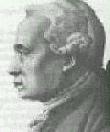
2. IMMANUEL KANT:
By the middle of the 18th century, Kant offered a number of interesting hypotheses concerning the nature of the Galaxy.
| (a) | The Milky Way is a disk of stars. |
| (b) | The Milky Way might not be unique; that is, many disklike systems exist distributed throughout space. |
| (c) | These disklike systems were referred to as 'island universes' and could be observed as faint nebulae. |
Further information about Immanuel Kant and his ideas may be found at: http://www.friesian.com/kant.htm
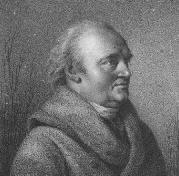
3. WILLIAM HERSCHEL:
Toward the end of the 18th century, Herschel constructed telescopes that were huge for that period of time. He began an observational study of both the Milky Way and other star systems; part of this study was an attempt to determine the shape of the Galaxy. Herschel's advances in our understanding of the Galaxy were:
| (a) | He counted the number of stars that he could observe assuming that all stars had the same apparent brightness. |
| (b) | The apparent brightness of the observed stars falls off as the inverse square of their distance; thus allowing Herschel to deduce the relative dimensions of the Galaxy. |
| (c) | This deduction allowed him to hypothesize that the Galaxy was a flat disk, roughly elliptical that extended about five times farther in the Galactic plane than in a plane perpendicular to the Galaxy. |
| (d) | Herschel compiled an extensive catalog of nebulae. He hypothesized that many of these objects were star systems. Additionally, he considered that some of these objects were not star systems but were "a shining fluid of a nature totally unknown to us." This catalog eventually became the New General Catalog (NGC) commonly used to identify celestial objects today. |
Further information about William Herschel and his ideas may be found at: http://www.seds.org/messier/xtra/similar/herschel.html
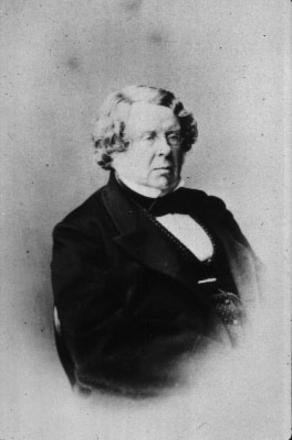
4. WILLIAM PARSONS:
Parsons, Third Earl of Rosse constructed an immense telescope with a mirror 72 inches (183 cm) in diameter. With this instrument, he was better able to observe objects seen by Herschel.
| (a) | Lord Ross observed that some objects seen by Herschel had spiral structure. This shape suggests that a spiral object rotates. |
| (b) | The existence of spiral structures suggested to Parsons that nebulae were objects possibly outside our own galaxy. |
Further information about William Parsons and his telescope may be found at: http://www.irsa.ie/Resources/Heritage/WPars.html
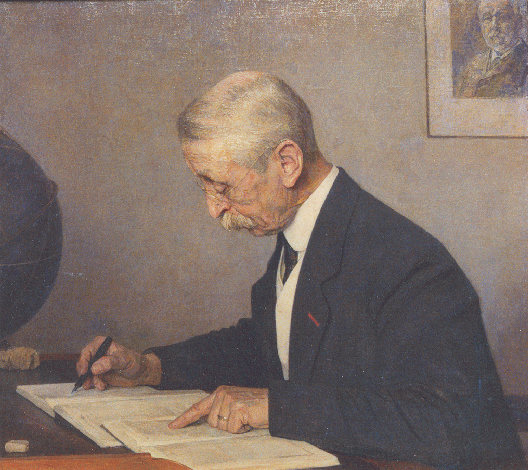
5. J.C. KAPTEYN:
As the twentieth century dawned, photographic astronomy came into use. Kapteyn used the new techniques to develop a quantitative view of the structure of the Galaxy.
| (a) | Kapteyn studied 200 areas distributed across the sky. From this survey, he made star counts, brightness estimates, spectroscopic measurements, and proper motion measurements. |
| (b) | Kapteyn's analysis led him to estimate average distances for stars at different brightness levels. This analysis inferred how stars are distributed in space. Just as Herschel did, Kapteyn assumed that the average brightness of stars decreases as the inverse square of their distance from us. This is not quite true as this assumption ignores the effects of absorption by the interstellar medium. |
| (c) | The result of Kapteyn's research led to a picture of the Galaxy called 'Kapteyn's Universe'. This model pictures the Galaxy as a flat spherical disk, about five times longer in the plane than in a direction perpendicular to the plane. |
| (d) | Kapteyn placed the Sun near the center of the Galaxy at a distance of approximately 650 parsecs (1 parsec = 3.26 light years). The radius of Kapteyn's Galaxy was estimated to be on the order of 10 kiloparsecs. |
Further information about J.C. Kapteyn and his research may be found at: http://www2.strw.leidenuniv.nl/~heijden/kapteyn.html
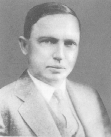
6. H. SHAPLEY:
By the end of the second decade of the twentieth century, Harlow Shapley published a set of papers based on his observational study of globular clusters.
| (a) | From his globular cluster measurements, Shapley estimated the distance from the Sun to the Galactic center to be on the order of 13 kiloparsecs; thus placing the Sun much further from the center than Kapteyn's model. |
| (b) | Shapley's estimate of the radius of the Galaxy to be about 50 kiloparsecs; about 5 times greater than Kapteyn's model. |
| (c) | Shapley's view on the nature of spiral nebulae was that the Galaxy was so large that it encompassed the entire universe. In 1918, the concept that spiral nebulae were actually galaxies similar to our own was not well accepted. |
Further information about H. Shapley and his research on the Galaxy may be found at: http://antwrp.gsfc.nasa.gov/diamond_jubilee/debate_1920.html
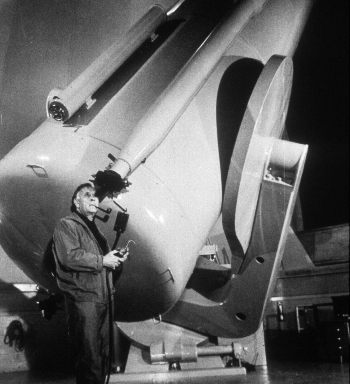
7. E. HUBBLE:
Following on the work of Shapley, Edwin Hubble used the 100-inch telescope at Mount Wilson Observatory to discover 'Cepheid Variables' in Andromeda (M31). The light variations of Cepheids allowed Hubble to estimage their intrinsic brightness. These measurements led to a more accurate measure of the distance to M31.| (a) | Hubble found that the outer portions of nearby galaxies (M31 and M33) could be resolved into images that appeared to be stars. |
| (b) | If the stars in M31 and M33 had an intrinsic brightness on the order of the most luminous stars in the Milky Way, then these objects must be at great distances; that is, outside our own galaxy. |
| (c) | Hubble's calculations led to a distance measure for M31 at about 300 kiloparsecs; well outside previous estimates of the diameter of the Galaxy. From this data, Hubble showed the true nature of spiral galaxies. |
Further information about E. Hubble and his research on the Galaxy may be found at: Steven Hawking's Universe
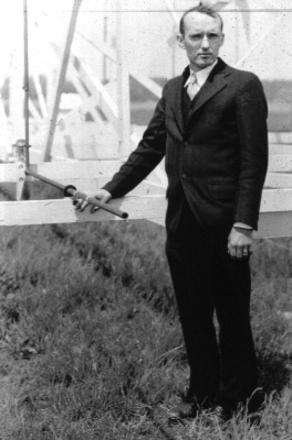
8. Radio Astronomy's contribution to an understanding of our Galaxy in particular and galaxies in general.
| (a) |
In 1932, Karl Jansky discovers continuum radio emission from the
Galaxy while performing short wave radio noise studies at Bell
2000-07-24 |